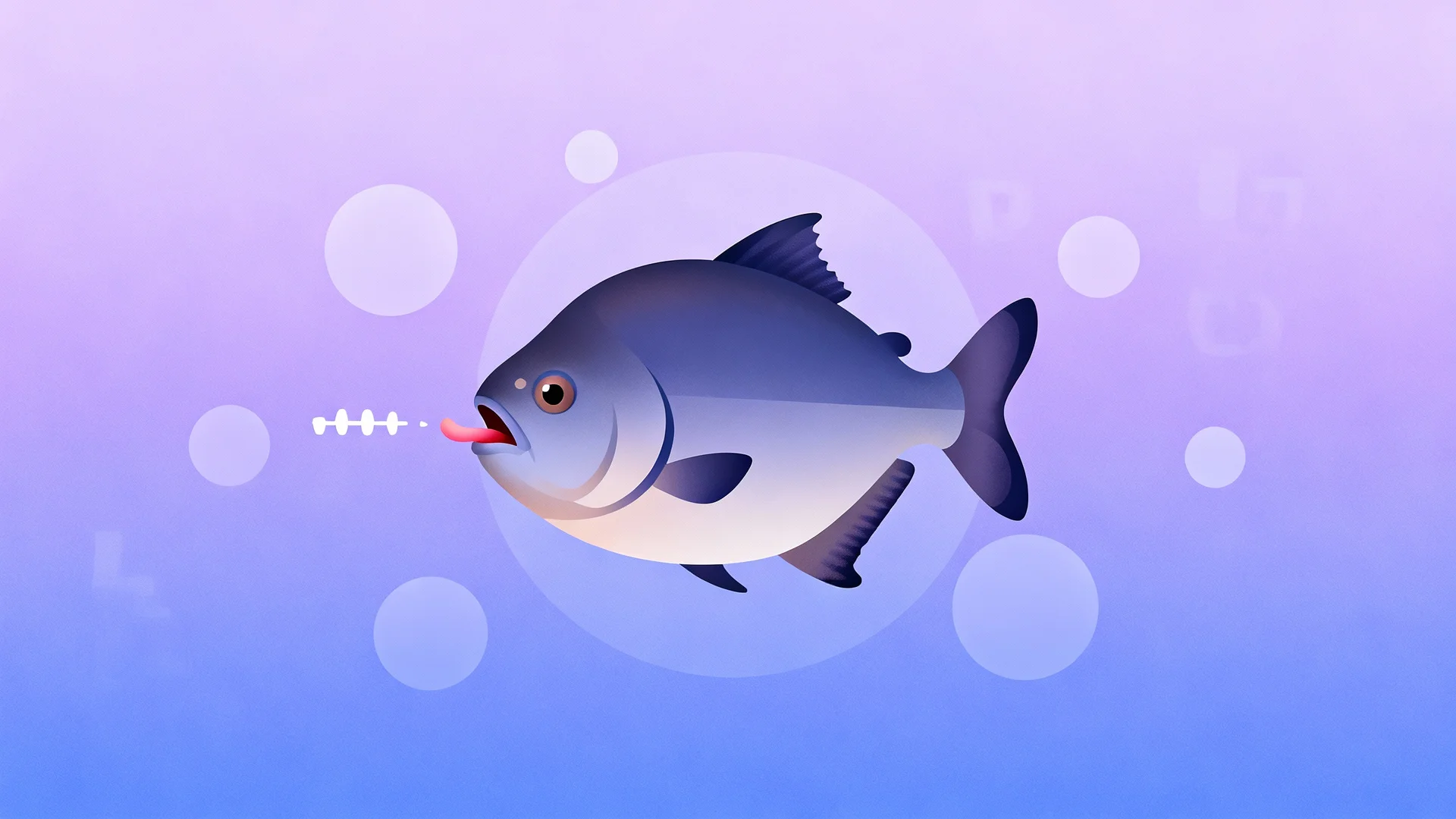
Loading...
Checking authentication...
Practice your pronunciation with interactive games and challenges.
Start PlayingWhen we hear 'Piranha,' our minds often conjure up images of razor-sharp teeth and frenzied feeding, thanks to Hollywood's exaggerated portrayals. However, the reality is quite different. Piranhas are a diverse group of fish with varying behaviors and diets. While some species are carnivorous, others are omnivorous or even herbivorous. In fact, the majority of piranhas are opportunistic feeders, meaning they prefer scavenging over active hunting.
According to ichthyologist Dr. Marcus Holyoak, "Piranhas have been misunderstood for years. They are not the bloodthirsty creatures we often see in movies. In the wild, they play a crucial role in the ecosystem by maintaining the balance of aquatic life." This nuanced understanding prompts us to reconsider our preconceived notions about these fish.
Piranhas are more than mere aquatic predators; they are essential components of their ecosystem. By feeding on weak or dead animals, they help control the population of sick fish, preventing the spread of diseases. Furthermore, their eating habits contribute to nutrient cycling, which supports plant growth and sustains the entire food chain.
These fish are primarily found in the rivers and lakes of South America, particularly in the Amazon Basin. Each species of piranha has adapted to its specific environment, showcasing nature's incredible diversity. This adaptability highlights their ecological significance, making them vital to the health of their habitats.
The fierce reputation of piranhas has not only permeated scientific discourse but also cultural narratives. Indigenous communities in South America have long known about the piranha's dual nature-both feared and respected. For them, piranhas symbolize strength and survival, and they feature prominently in local folklore.
However, the Western world has often painted them as villains, partly due to misinformation and sensationalism. This dichotomy between indigenous understanding and popular depiction raises questions about how cultural narratives shape our perception of wildlife.
For those learning English, the word 'Piranha' offers a fascinating entry point into discussions about language and culture. Pronouncing 'Piranha' correctly can be a fun challenge, and understanding its usage can enhance your vocabulary. For a detailed pronunciation guide, check out our guide on how to pronounce Piranha. Additionally, our video guide provides visual and auditory assistance.
Beyond pronunciation, exploring the word 'Piranha' can lead to engaging conversations about biology, ecosystems, and cultural representations. It's a perfect example of how language can open doors to diverse topics and enrich our understanding of the world.
As we unravel the layers of the piranha's identity, we discover a creature far more complex than its fearsome reputation suggests. Piranhas remind us of the importance of questioning assumptions and seeking deeper truths. They challenge us to appreciate the intricate tapestry of life, where each thread, no matter how small or misunderstood, plays a vital role.
In our quest for knowledge, let us embrace the piranha's dual nature-both as a subject of scientific inquiry and a symbol of cultural intrigue. By doing so, we not only expand our linguistic horizons but also deepen our appreciation for the natural world.